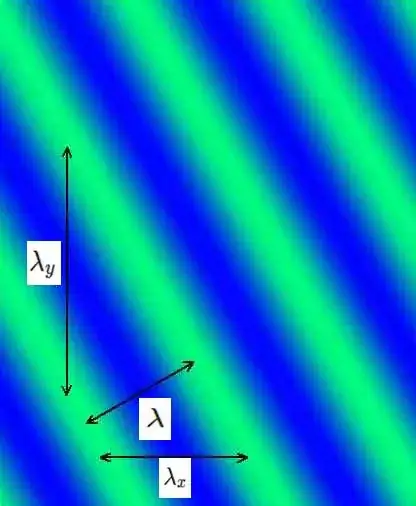From relativity we have $E^2 = (cp)^2 + (mc^2)^2$ which for a photon ($m = 0$) becomes $E = cp$. From quantum mechanics we have for a photon $E = h\nu = hc/\lambda$. Thus together $$ E = \frac{hc}{\lambda} = cp. $$ If we want to generalise wave properties from photons to massive particles one assumes that the wavelength of a such particle is related to its momentum, but why not its energy? i.e. $\lambda = h/p$ instead of $\lambda = hc/E$? where $E$ is the total energy of the particle. So there seems to be two ways to generalise this.
There are two points about this:
Massive particles will have wavelength even if at rest, so the wave vector $\vec k$ will have no preferred direction, but what about the particle being a point source of the wave in that case ?
The order of magnitude, there will be a very large difference between the two generalisations, is it experiments that settled which one it is?
what is wrong with that?
